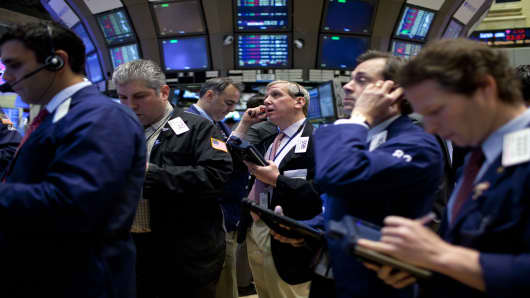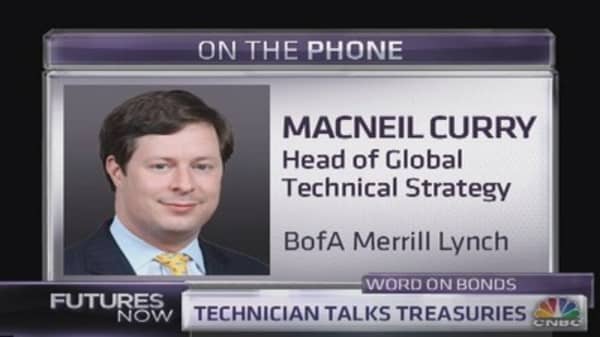The Federal Reserve will lose control of interest rates as the "great rotation" out of bonds into equities takes off in full force, according to one market watcher, who sees U.S. 10-year Treasury yields hitting 5-6 percent in the next 18-24 months.
"It is our opinion that interest rates have begun their assent, that the Fed will eventually lose control of interest rates. The yield curve will first steepen and then will shift, moving rates significantly higher," said Mike Crofton, President and CEO, Philadelphia Trust Company told CNBC on Wednesday.
"If the great rotation that everybody talks about out of bonds into stocks does happen, and that gains its own momentum, you will see rates begin to back up very quickly; the Fed will not be able to control it," added Crofton, who argues that for now, "the great rotation" has been more out of bonds into cash, rather than stocks.
(Read more: Goldman Sachs:Treasury yields will hit 4%)
Under this scenario, he sees the yield on the 10-year rising to 3.5-4 percent in a "very short period of time." Thereafter, he expects yields to move to 5-6 percent over the next 18-24 months. Yields were last seen at above 6 percent in 2000.





